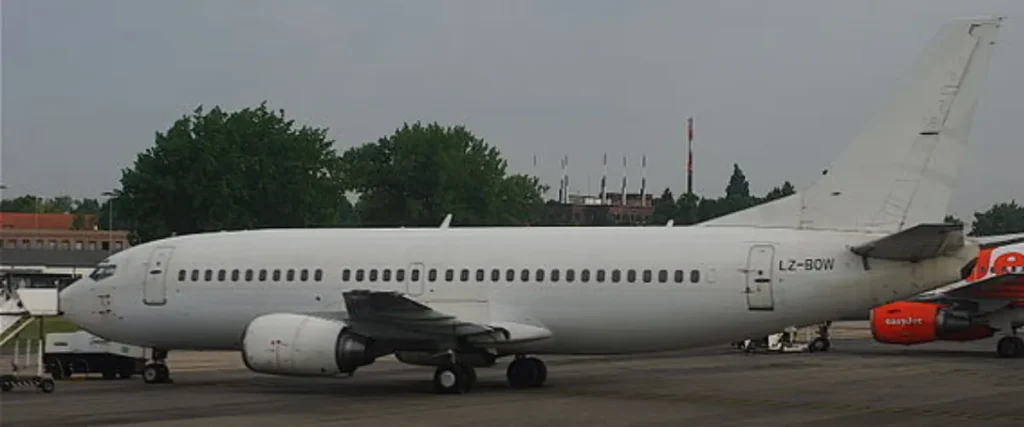The Origins of the Boeing 737
The Boeing 737, first introduced in the late 1960s, was designed as a small, short-haul jet. At the time, its low ground clearance was a smart choice. Airports of that era lacked advanced boarding bridges and ground equipment, so passengers and luggage needed easy access to the aircraft.
Table of Contents
For its time, the design worked brilliantly. The 737 quickly became one of the most popular aircraft ever built, evolving through multiple generations.
Stretching an Old Design
As the decades passed, airlines demanded larger cabins, greater fuel efficiency, and longer range. Rather than designing a completely new aircraft, Boeing chose to stretch and upgrade the 737’s existing design.
This decision created engineering challenges. The low-slung frame made it difficult to fit modern, larger, fuel-efficient engines under the wings. Boeing’s engineers responded with design compromises:
- Flattened engine casings to fit the ground clearance.
- Redesigned landing gear for additional space.
- Modified aerodynamics that subtly altered the plane’s handling.
The 737 MAX and Its Risks
With the launch of the Boeing 737 MAX, these compromises came under intense scrutiny. The MAX’s engines, mounted further forward and higher on the wing, created new aerodynamic challenges. To compensate, Boeing introduced the Maneuvering Characteristics Augmentation System (MCAS)—software designed to automatically adjust the aircraft’s nose position.
But MCAS wasn’t widely communicated to pilots, and its failures contributed to two tragic crashes: Lion Air Flight 610 (2018) and Ethiopian Airlines Flight 302 (2019). These accidents grounded the 737 MAX worldwide for nearly two years and damaged Boeing’s reputation.
The Limits of Endless Upgrades
The reality is clear: the original 737 design from the 1960s was never intended to handle such large engines, heavy payloads, and complex modifications. While Boeing stretched the platform as far as possible, it introduced hidden risks and design limits.
Unlike Airbus, which developed the A320 family from a clean-sheet digital design in the 1980s, Boeing has struggled with an aging foundation. The 737 remains one of the world’s most flown aircraft, but its legacy is tied to both commercial success and engineering compromise.
What’s Next for Boeing?
The future of Boeing hinges on whether it will finally commit to a new, clean-sheet aircraft to replace the 737 or continue upgrading the aging platform. Analysts argue that the long-term health of the company—and passenger confidence—may depend on bold innovation rather than incremental fixes.
For now, the Boeing 737 continues to fly millions of passengers daily, but its story is a reminder that even the most successful designs have limits.
Join us on Telegram Group , Instagram for the Latest Aviation Updates.
Also read: New GST Rules Slash Drone Prices in India — Big Relief for Buyers & Manufacturers – AeroTexts

